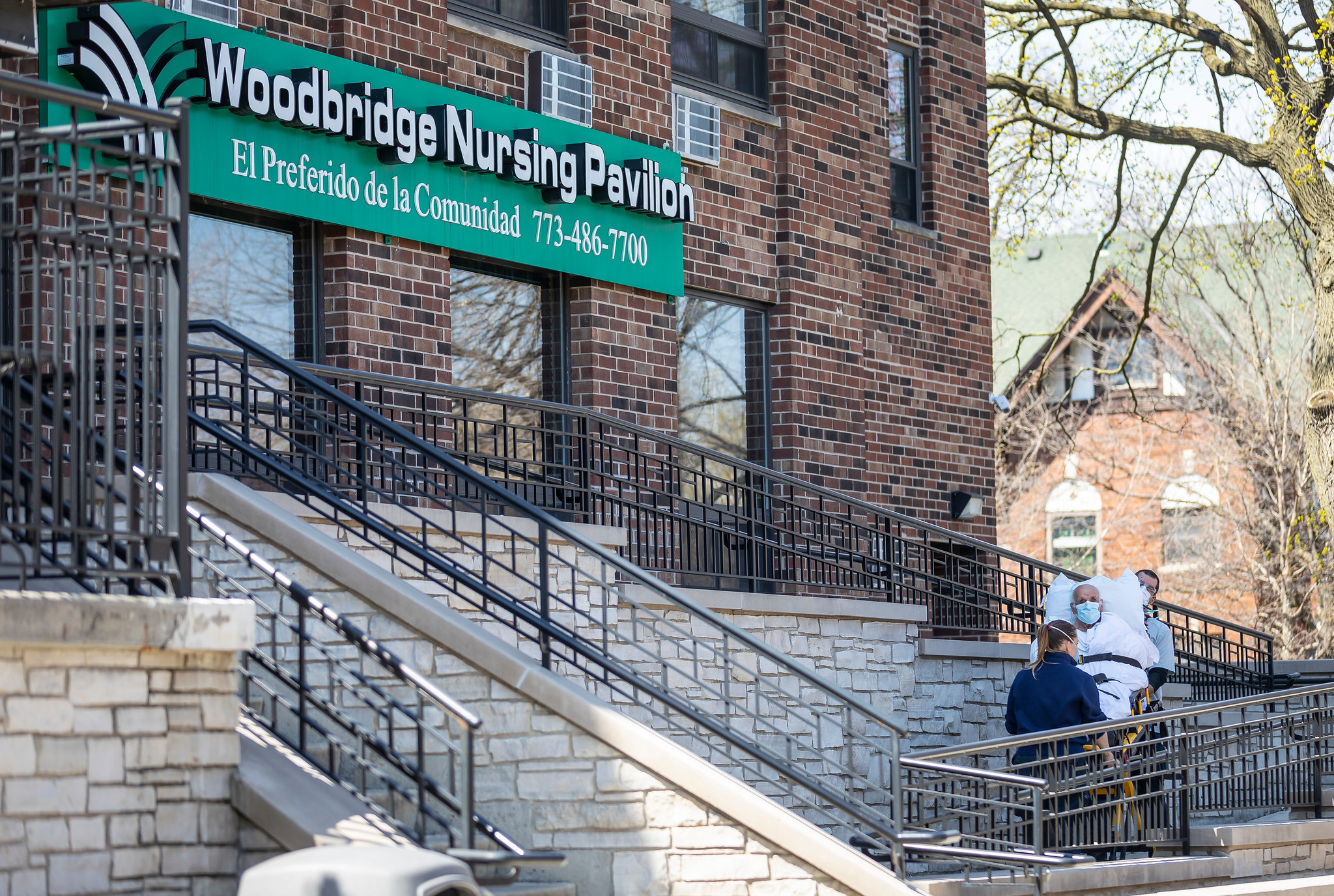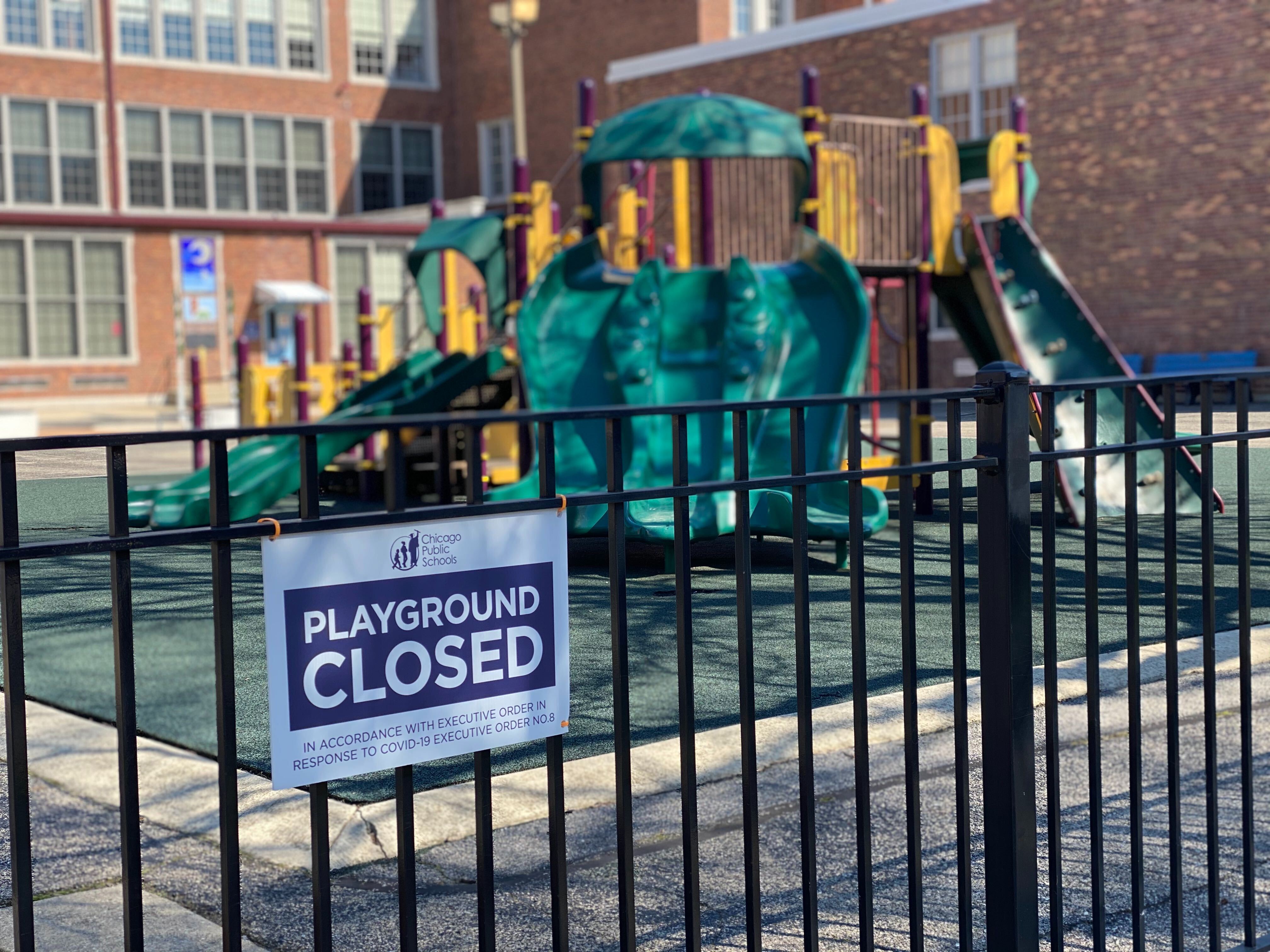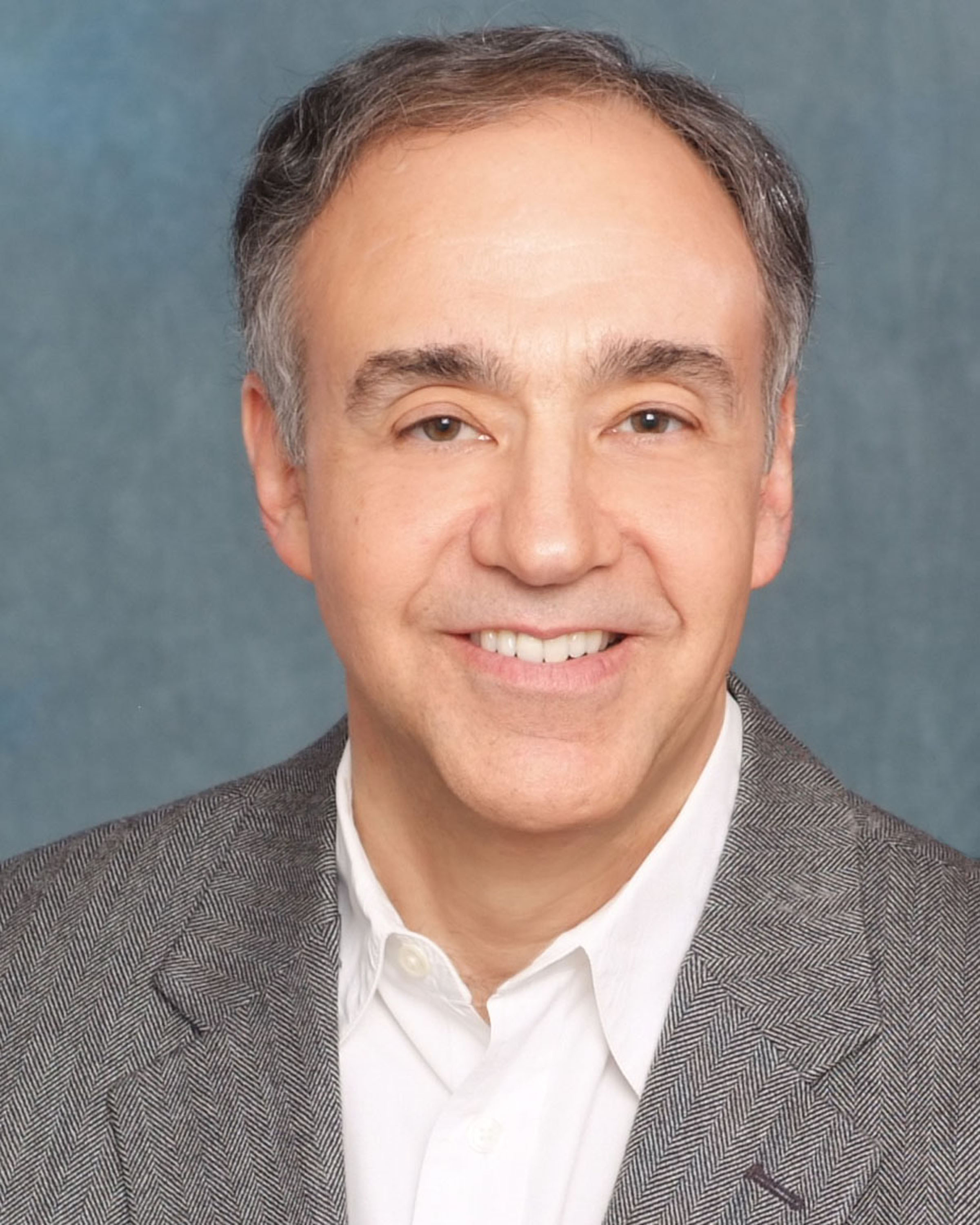Chicago real estate manager Gary Lucido is a self-proclaimed “data guy,” so he’s been watching the state’s daily COVID-19 statistics carefully over the last two months — with some consternation.
“I would’ve expected, with us being in isolation this long, that we would have seen a significant decline [in infections and deaths],” he said.
But instead of steady declines, Gary has watched Illinois’ daily deaths and cases hit new peaks this week — with 192 deaths and more than 4,000 new cases in a single day.
So he wrote into Curious City asking:
Why are people still getting sick? Who is getting sick and how are they catching it?
These are questions that local specialists and officials have also been trying to sort out as they decide where to focus their resources and set policies for reopening businesses. We talked to some of these specialists and dug through the data to get the best current answers — with the caveat that the COVID-19 pandemic is an ever-evolving issue with new data and research emerging all the time.
But one thing is clear. The main reason we’re seeing more cases in Illinois has to do with testing. In the last month, testing has increased in the state by more than 400%, with Illinois hitting a peak of more than 30,000 tests in a day this week. Illinois has also doubled the number of testing sites in the last month. And with more testing, you inevitably find more positive cases — although the ratio of positive cases to overall tests is crucial and something the state is monitoring carefully as it phases in its plan to reopen the economy.
But why so many people continue to test positive appears to be due to five major factors:
Outbreaks at nursing homes
According to a WBEZ analysis, nearly half of all COVID-19 deaths in Illinois are linked to nursing homes. And recent Illinois statistics show that about one in every seven cases of COVID-19 can be traced to these facilities.
At a press conference last month, Illinois Department of Public Health Director Dr. Ngozi Ezike acknowledged that it can be difficult to contain the spread of COVID-19 at long term care facilities.
“We know that congregate settings, by definition — it’s hard to be able to do the physical or social distancing, and be able to separate and isolate people,” she said.

While visitors were restricted from these facilities early on, staffers have needed to come and go daily. This has turned out to be a problem since one contagious staffer can have contact with multiple residents at a facility, and for weeks state officials resisted testing people in nursing homes unless they were showing symptoms.
In the last month, Illinois officials say they have changed course on this decision and are doing more testing. But they would not provide WBEZ with any documents indicating how, when or how often staff testing must be done, if at all. In a statement, the Illinois Department of Public Health said: “We are working with facilities to test all residents and all staff at facilities without known COVID-19 outbreaks, allowing us to identify early the presence of COVID-19 in a facility and isolate those cases before widespread transmission. At facilities with known cases, we are working with Quest to test employees to determine who may be asymptomatic and should in-home quarantine.”
Essential workers who can’t stay at home
While most Illinoisans are being urged to stay at home during this time, tens of thousands (or more) essential workers in the state — including health care staffers, delivery workers, police, firefighters, food workers, meatpackers, postal carriers and those in essential manufacturing jobs — can’t stay home. This increases their potential exposure to COVID-19 — often without adequate protective gear — but it also increases potential exposure to the people they live with.

“We have seen cases among individuals who work in healthcare settings, long term care settings, among first responders, as well as staff at correctional facilities,” a spokesman at the Chicago Department of Public Health said in a statement. “There have been cases reported among individuals who work at food processing places. Unfortunately, an individual’s occupation is not always provided when a lab result is provided to us. Additionally, it is important to note that with widespread transmission in our communities, it is often difficult to know where an individual may have been exposed.”
Though there are these challenges in tracking how many cases come from exposure in the workplace, a recent Chicago area Metropolitan Agency for Planning analysis indicated that essential workers in metro Chicago were disproportionately composed of low income people of color, who are also disproportionately represented in COVID-19 death rates.
Kids spreading it to other kids
As the weather warms up and kids start getting even more restless at home, some parents might be tempted to let them go outside and play with friends. Dr. Emily Landon of UC Medicine says she’s already encountered families who’ve done it and paid the price.
“Unfortunately, children are the most likely of all of us to be asymptomatic and still be contagious,” Landon says.”In fact, when I hear people say they have no idea where they got their COVID, the first question I ask is ‘Have your kids been playing with other kids?’”

While some data suggests that most children infected by COVID-19 won’t get as sick as adults, researchers are still trying to determine to what extent children are responsible for the spread of the virus. But the U.S. Centers For Disease Control and Prevention warn children “can still pass the virus on to others who may be at higher risk including older adults and people who have serious underlying medical conditions.”
Asymptomatic spreaders who don’t practice social distancing
Early on in the pandemic, many believed that they had to have symptoms of COVID-19 to pass it on to others, but data suggests this is not the case.
In fact, Emily Landon at UC Medicine says, “What we know is that asymptomatic and pre-symptomatic spread are really driving everything here. People are not likely to think of themselves as contagious unless they feel sick. But in this disease there are a lot of people who are contagious even though they don’t have symptoms, and everyone who gets sick eventually was probably contagious for a few days beforehand.”
Landon says new guidelines about wearing masks should help reduce the spread of the virus.
“That rule is specifically aimed at reducing transmission from people who are asymptomatic or pre-symptomatic shedding,” she says.
So, if you don’t want to be one of these inadvertent asymptomatic spreaders, doctors urge you to stay vigilant and practice social distancing. Landon says it comes down to a lot of the basics you’ve heard a million times before like, “keep your distance, wear a mask, wash your hands and disinfect common surfaces.”
Caution fatigue could mean we see even more cases
Experts understand that the more time we spend in isolation, the harder it might be to stay vigilant. This is known as “caution fatigue,” says Dr. Jacqueline Gollan, associate professor of psychiatry and behavioral sciences at the Asher Center for the Study and Treatment of Depressive Disorders at Northwestern University Feinberg School of Medicine.
“Fatigue occurs when we become desensitized to warnings or risk. When this happens, people show low motivation or energy to comply with safety guidelines,” Gollan says.
If we can recognize this fatigue in our behavior and do things to reverse it, we can actually help to reduce the number of cases, and even deaths, Gollan says.
Though many people still claim to be practicing social distancing, this fatigue can cause people to cut corners. Dr. Tina Tan at Northwestern's Feinberg School of Medicine suspects some folks may not always be super honest about following the rules.
“People say they are observing social distancing, but you saw what happened where it was a nice day and people had a party in their house,” she says.

But as the state phases toward reopening certain sectors of life, Dr. Tan says we can’t let our guard down just yet. Keeping yourself from contact with others is still the best measure for containing the spread.
“I know it's hard, but people have to practice social distancing,” Tan says.
In his testimony before Congress this week, Dr. Anthony Fauci, a key member of the White House's coronavirus task force, warned that loosening social distancing rules too soon could lead to new outbreaks.
“If some areas … jump over those various checkpoints and prematurely open up, without having the capability of being able to respond effectively and efficiently, my concern is we will start to see little spikes that might turn into outbreaks,” Fauci told Congress.
So, doctors and experts are urging people to stay vigilant as state officials look toward slowly loosening restrictions and reopening the economy. And with more weeks of isolation ahead of us, we might suggest learning to love your homemade mask, embracing the fine art of online meetings and finding an enjoyable at-home exercise plan. Maybe you’ll even join the legions of sourdough bakers.
More about our questioner
Gary Lucido is a Chicago area real estate agent and investor.
“So I have two interests in what kind of progress we are making with the coronavirus because the real estate and stock market have really been affected by this,” he says.
Like a lot of people, he was disappointed when predictions that Illinois cases would peak in mid-April turned out to be wrong, and that now it looks more like June.
He understands that more testing would logically mean more reported cases, but says he expected COVID-related deaths to have hit a plateau by this point. “I guess I would have expected deaths to decline or at least plateau by now.”
And today, he’s worried that people are going to give in to their caution fatigue and start breaking the rules out of frustration.
“The mood of the country has changed,” he says. “And a lot of people are like, ‘Hey, screw it. We’re going to take our chances.’”
Outside of his business interests, Gary says the stay-at-home order has not been that tough on him.
“I like to stay in and read information,” he says. “So this is why social isolation is not a problem for me.”
Monica Eng is a WBEZ reporter. You can contact her at meng@wbez.org.
Alexandra Salomon contributed additional reporting for this story.



